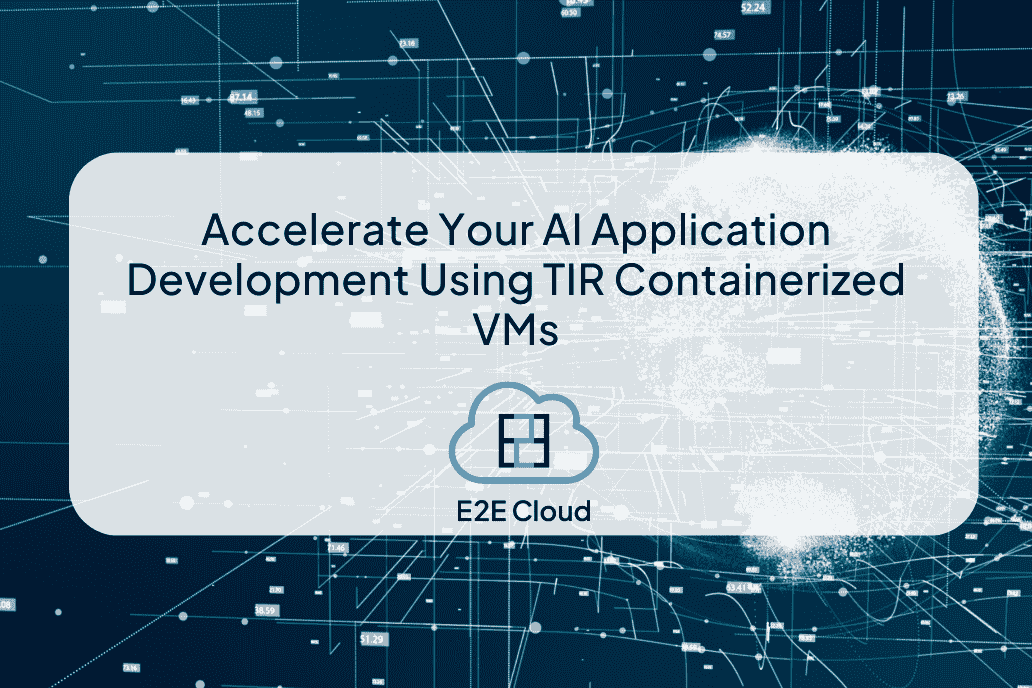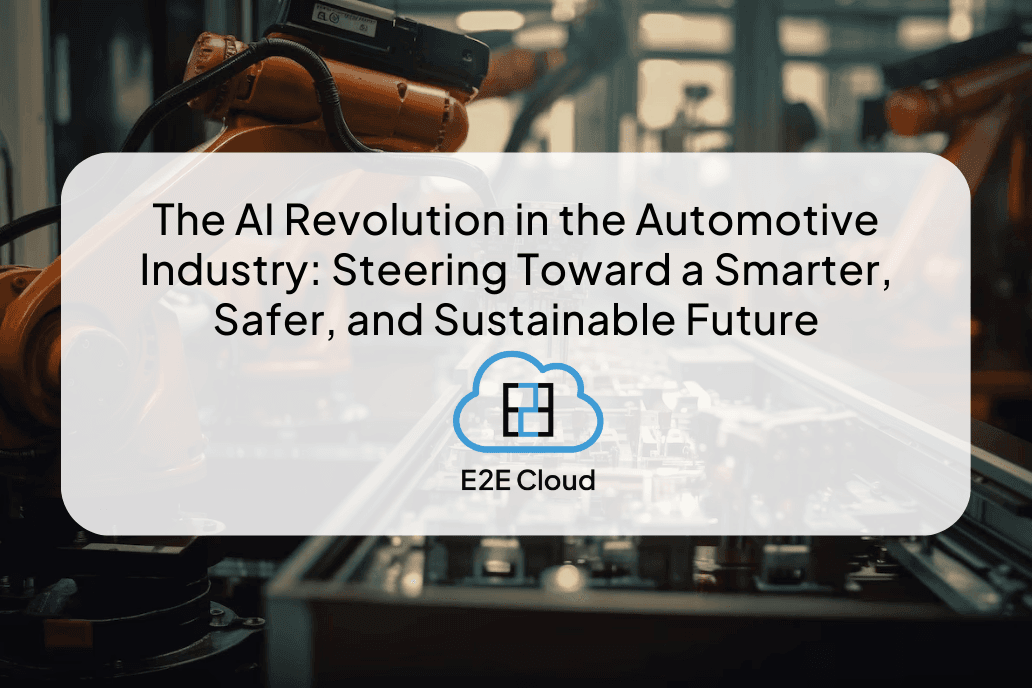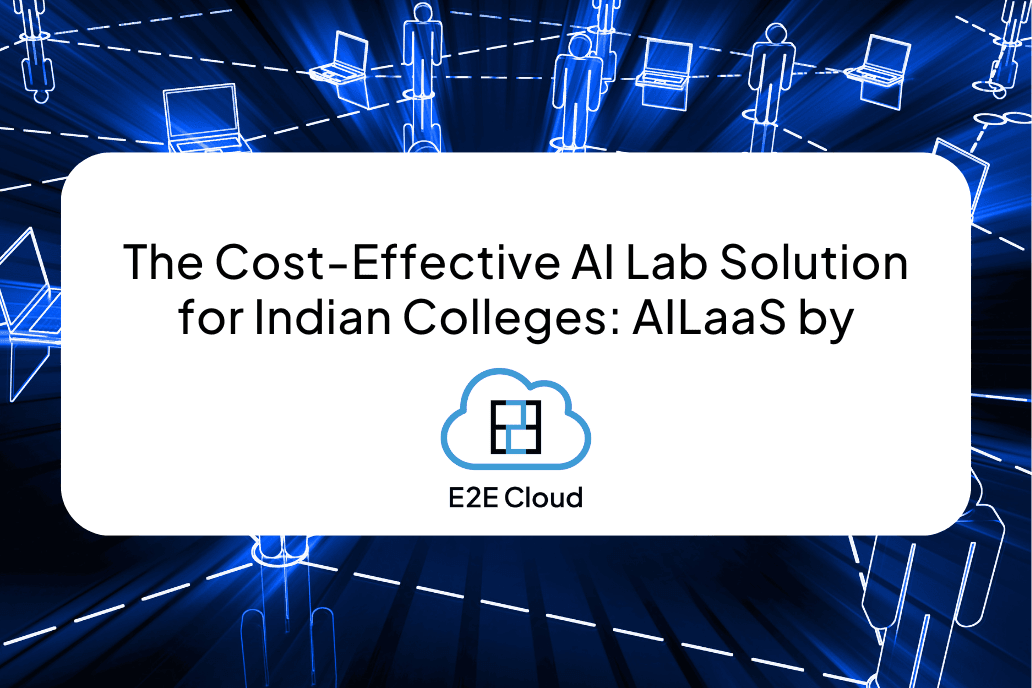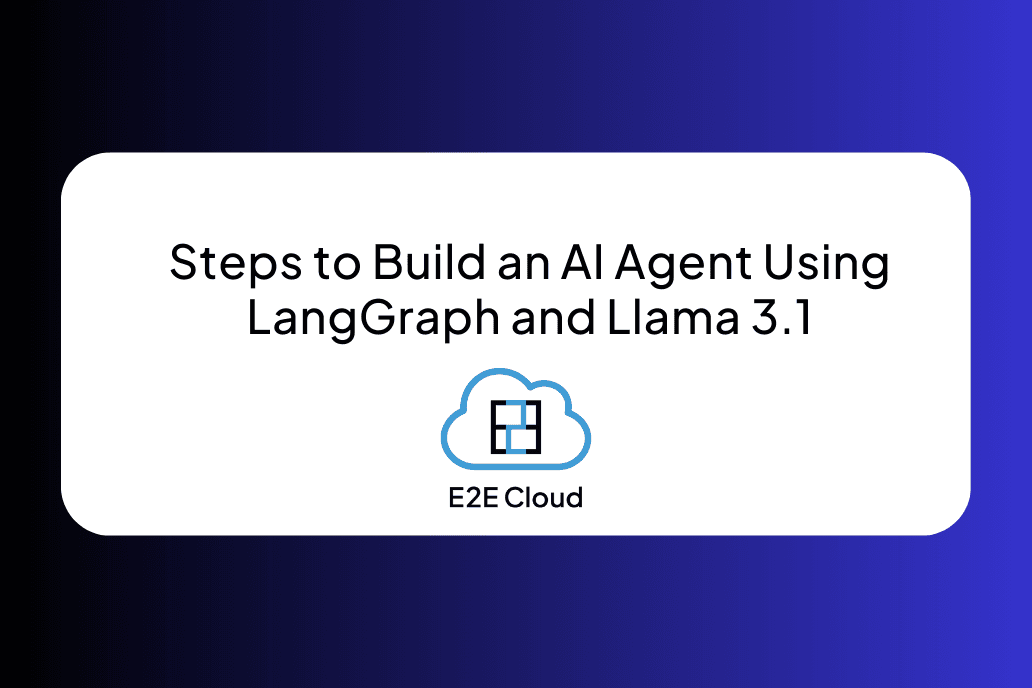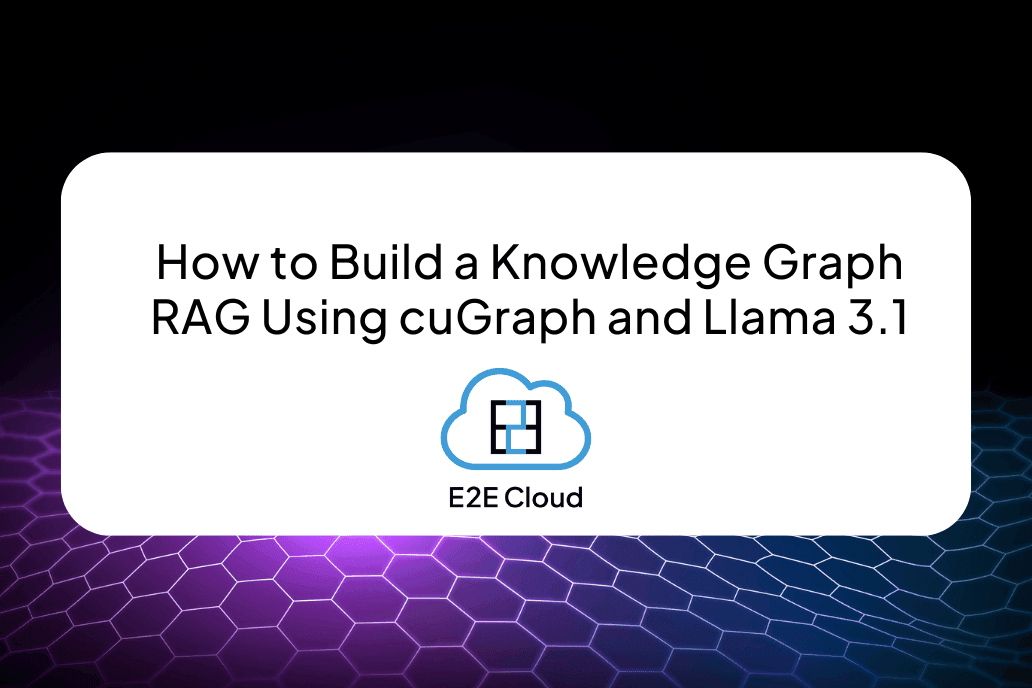AI workloads have quite different data storage and computational requirements than most other types of workloads. Data assets are increasingly being used by businesses to boost their competitiveness and generate more income. AI and machine learning tasks need massive volumes of data to construct, train, and maintain the models. High-performance and long-term data storage are the most essential issues when it comes to storage for these applications.
Once a model has been developed, it is applied to a data source to provide a new set of results that add value to the company. This isn't the end of the procedure, though. Models are constructed, reviewed, and rebuilt when new data is supplied and the model is modified in a machine learning/AI iteration process. This closed-loop continues indefinitely which results in data-hungry workloads for the infrastructure.
Storage Strategy for AI/ML Data Hungry Workloads:
1. Keeping and storing data for a long time: It can be difficult to gauge which data is relevant and which may be deleted, at the start of a machine learning/AI project. Data may be stored on well-indexed platforms for a long time in long-term archives like object storage or the public cloud.
2. High-performance solutions are available: An organisation's active data must eventually be moved to a high-performance platform for processing. Vendors have created devices like Nvidia's DGX-1 and DGX-2 GPUs that combine their fastest storage systems with machine learning technology.
Ideal Storage Conditions:
1. Scalability - Machine learning necessitates the processing of massive volumes of data. However, analysing exponentially larger amounts of data only results in linear advances in AI models. This means that firms must gather and keep more data every day in order to improve the accuracy of machine learning/AI models.
2. Accessibility - Data must be available at all times. Machine learning and AI training necessitate storage system reading and rereading whole data sets in random order. This implies that archive systems using sequential access mechanisms, such as tape, cannot be used.
3. Latency - Because data is read and repeated multiple times, the latency of I/O is critical for creating and using machine learning/AI models. Reduced I/O latency can cut machine learning/AI training time in half or even months. Greater commercial benefit is directly proportional to faster model development.
4. Throughput - Storage system throughput is critical for successful ML/AI training. Massive volumes of data are used in training procedures, which are generally quantified in gigabytes per hour. Providing this volume of randomly accessed data might be difficult for many storage systems.
5. Parallel Access - AI training models will partition activity into several simultaneous jobs in order to attain high throughput. This frequently implies that machine learning algorithms access the same files from numerous processes at the same time, sometimes across many physical servers. Concurrent demand must be handled by storage systems without impacting performance.
Various Storage Technologies:
Block-based storage has traditionally had the lowest I/O latency, but it lacks the scalability needed for multi-petabyte installations. In high-performance block goods, cost is also a consideration. Some suppliers are offering hybrid alternatives that blend block and scalable file systems, which we'll go into later.
Object storage provides the most scalability and a more straightforward HTTP access interface (S). Object stores are good at handling several concurrent I/O requests, but they don't always provide the fastest throughput or the shortest latency.
Because of the numerous trade-offs, some AI/ML implementations will employ a mix of platform types, like storing the majority of data on an object store and then shifting the active data set to a high-performance file system during the training process. However, if at all feasible, this should be avoided because it might cause additional processing delays while data is shifted about.
AI requires a lot of data, and big data initiatives necessitate a lot of storage infrastructure. In addition, data input and preparation cycles take far too long. With no one source of truth, you have many copies of the same facts. Never mind needing to keep track of and preserve data provenance in order to ensure consistency.
E2E Cloud is amongst India’s fastest-growing pureplay SSD Cloud players. E2E cloud is the 6th largest IAAS platform in India and is a choice made by many start-ups and unicorns in India. It is the largest NSE-listed cloud provider serving more than 10,000 customers. The cloud platform enables rapid deployment of data-hungry workloads.

